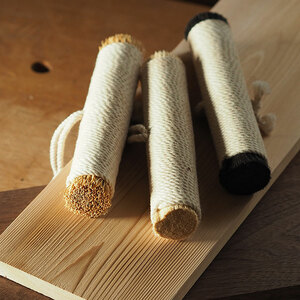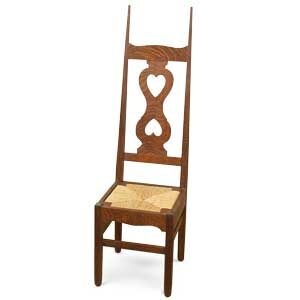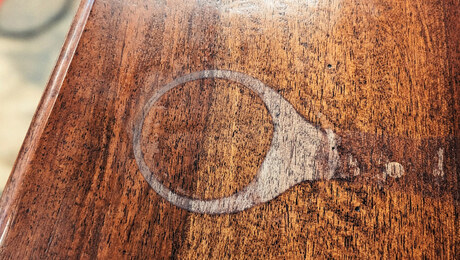Mix Your Own Oil Stains
Simple recipe uses artist's pigments to get exactly the right tone and color
Synopsis: Tom Wisshack likes the look of unstained wood. But if he’s refinishing, restoring, or reproducing a piece of furniture, he has to approximate color, tone, and patina. His method takes just a couple hours, and the stain is reversible. His oil stain is a mix of turpentine or paint thinner, linseed oil, Japan drier, and artist’s oil colors. The turpentine dilutes the pigments in the oil colors, the linseed oil binds the color in solution, and the drier helps it all to dry at a decent pace. He details how to mix, apply, and seal the stain, and side information tells how to make custom stains from Japan colors. A sample board shows different subtle color options.
I’ll be the first to admit it. There’s a real purity to a “natural,” unstained wood finish, a real virtue to letting the wood’s true figure and color come through. But if you are refinishing, restoring or reproducing a piece of furniture, well, a “natural” finish is something that you just can’t afford. Color, tone and patina take years, sometimes decades, to develop on “naturally” finished pieces. In almost 20 years of refinishing and restoration work, I have developed a way to get the right color and patina in a matter of hours.
My technique for coloring wood is better than either aniline dyes or commercial stains because of the control I have over tone and depth of color. Also, the stains are largely reversible. I make my own oil stains with turpentine or paint thinner, linseed oil, Japan drier and artist’s oil colors.
The turpentine serves as a solvent, diluting the pigments in the artist’s oil colors; the linseed oil acts as a binder to keep the ingredients in solution; and the Japan drier ensures that the oil colors will dry within a reasonable amount of time (some dry much slower than others).
One exception is that I substitute copal painting medium (available in art-supply stores) for the linseed oil if I’m working on an antique. The reason is that linseed oil will tend to darken most woods over time. The copal works just as well as a binder. When working with an antique, I take another precautionary step.
From Fine Woodworking #110
For the full article, download the PDF below:
Fine Woodworking Recommended Products

Double Sided Tape

Foam Brushes

Rockler Deluxe Panel Clamp






















Log in or create an account to post a comment.
Sign up Log in